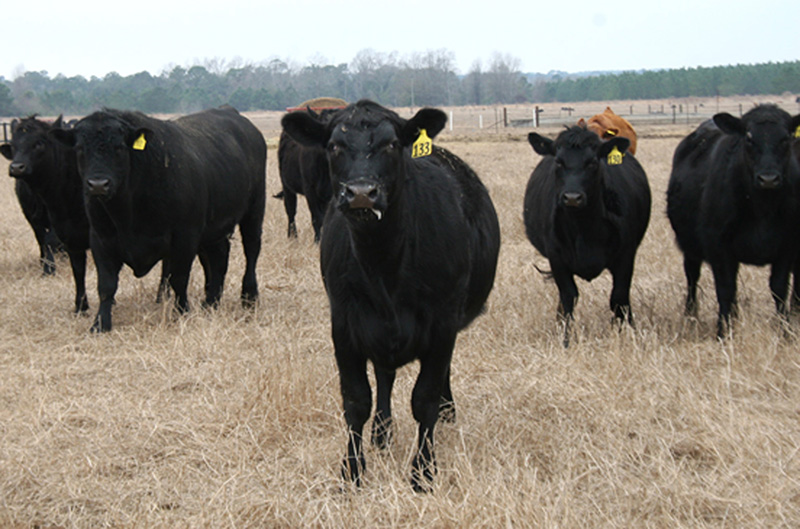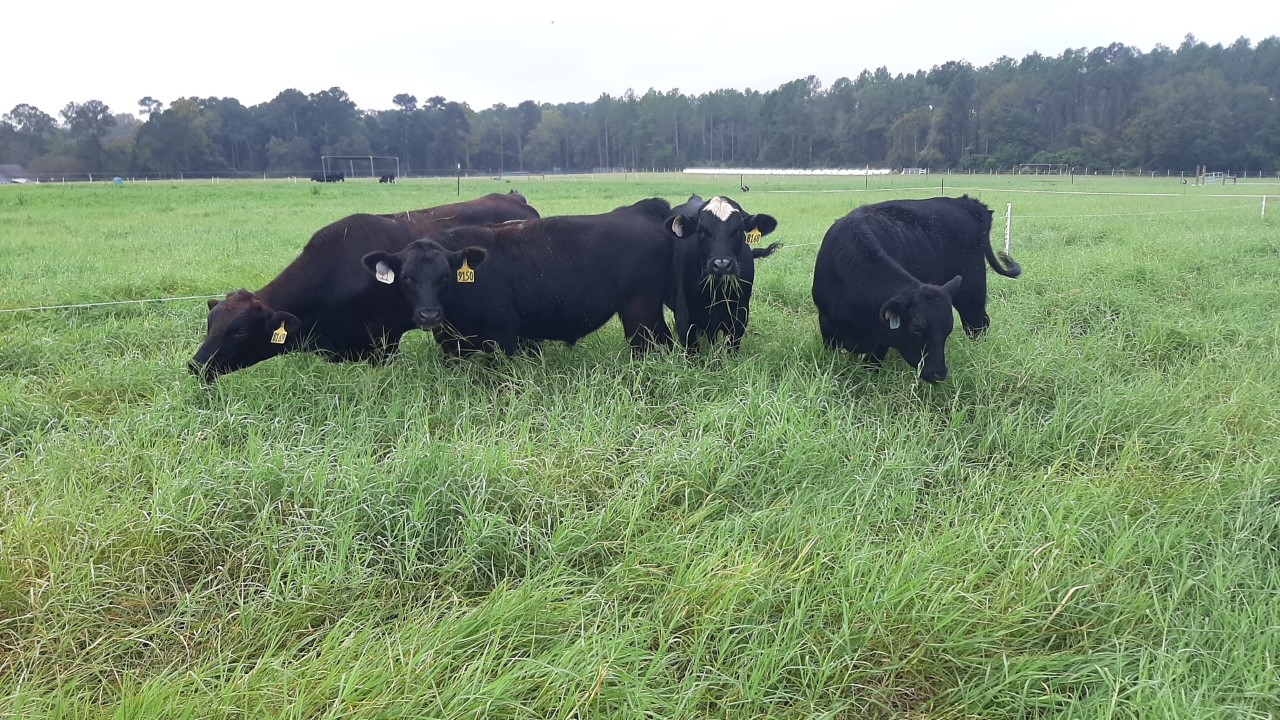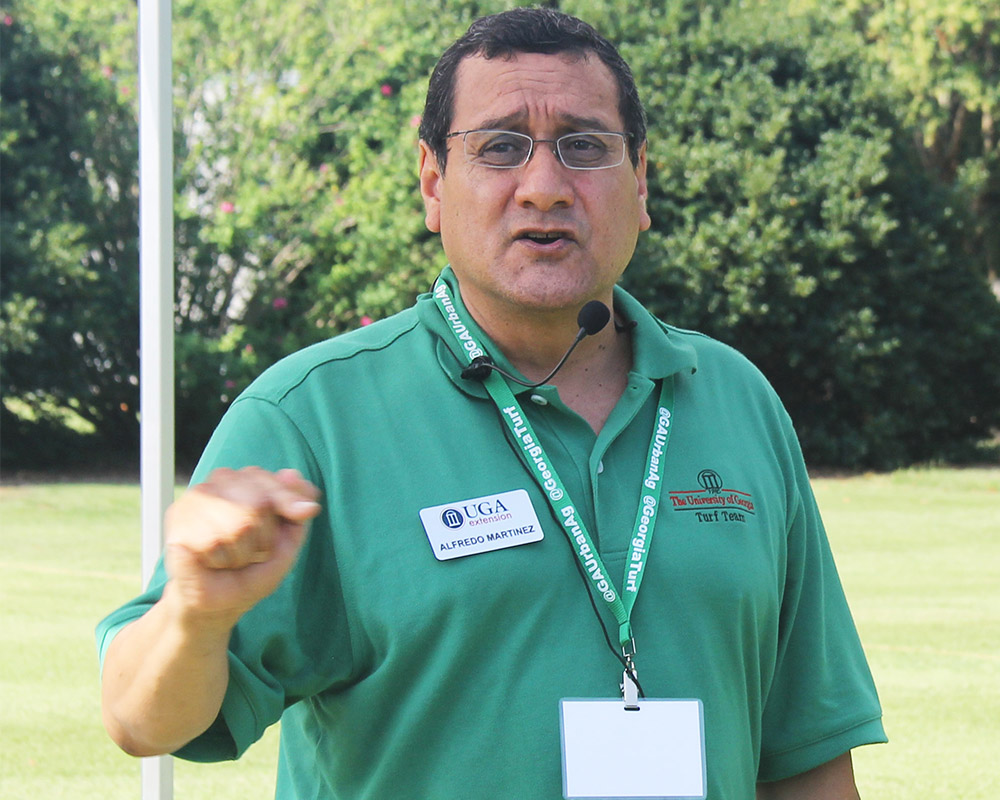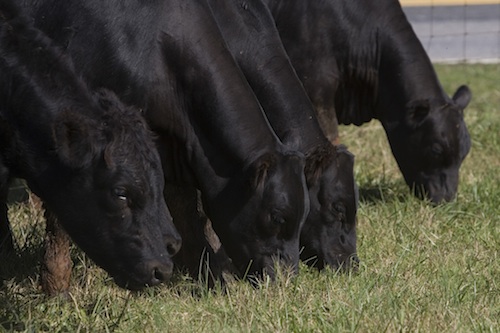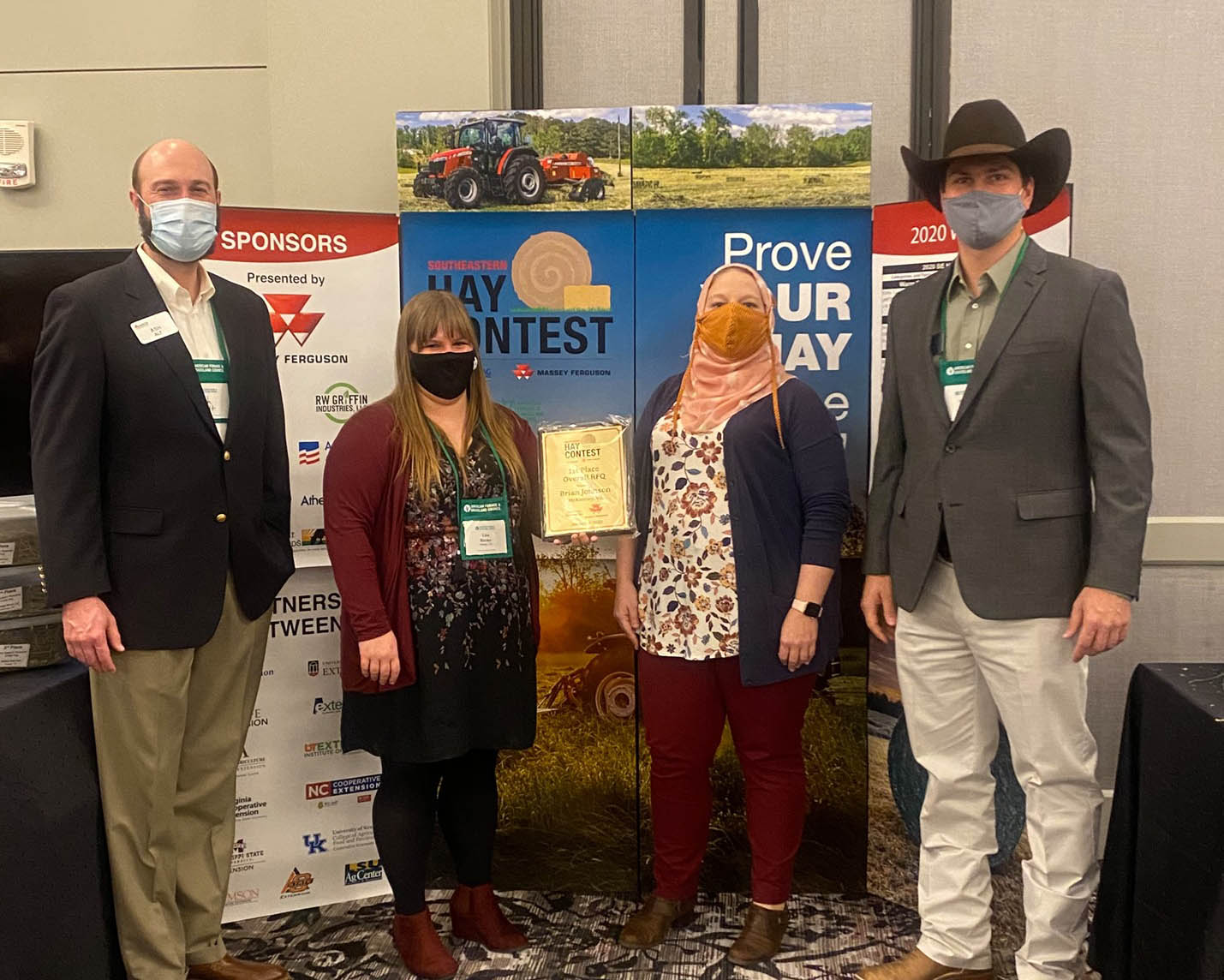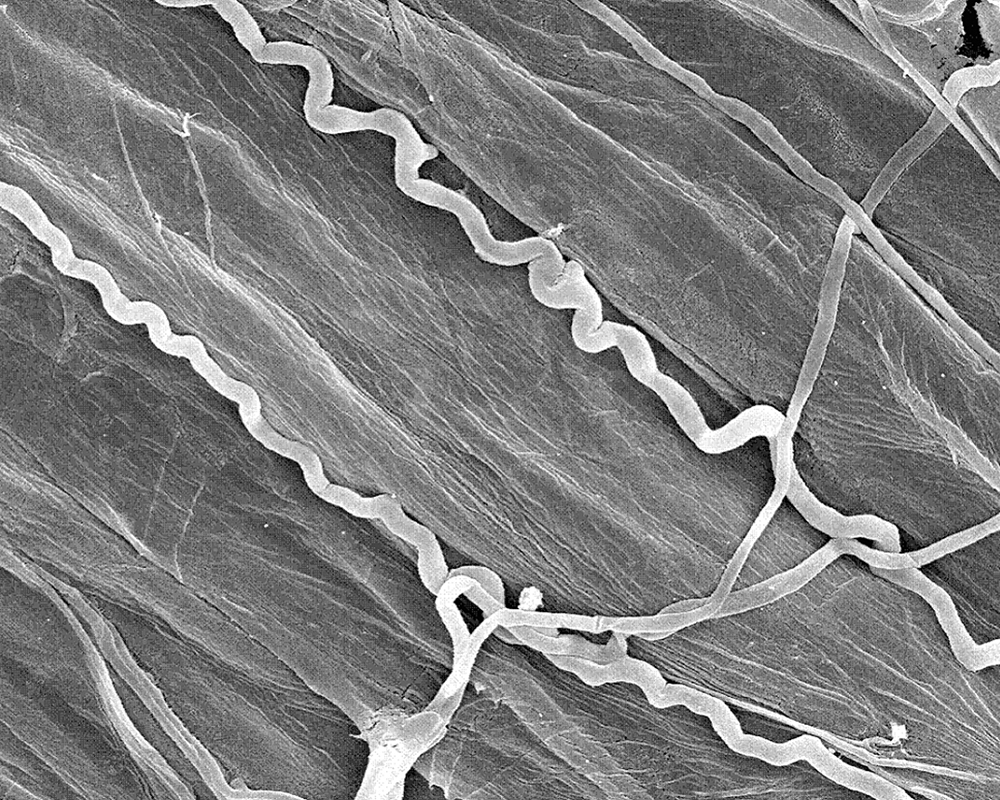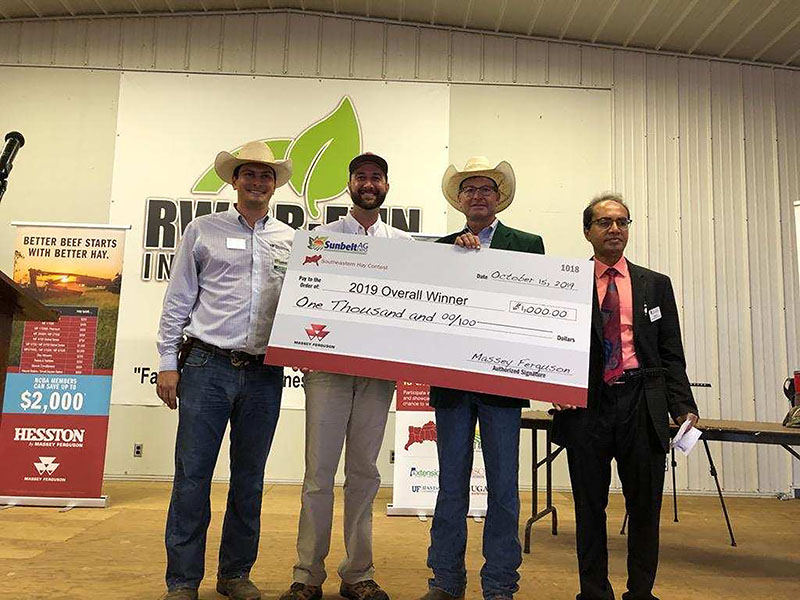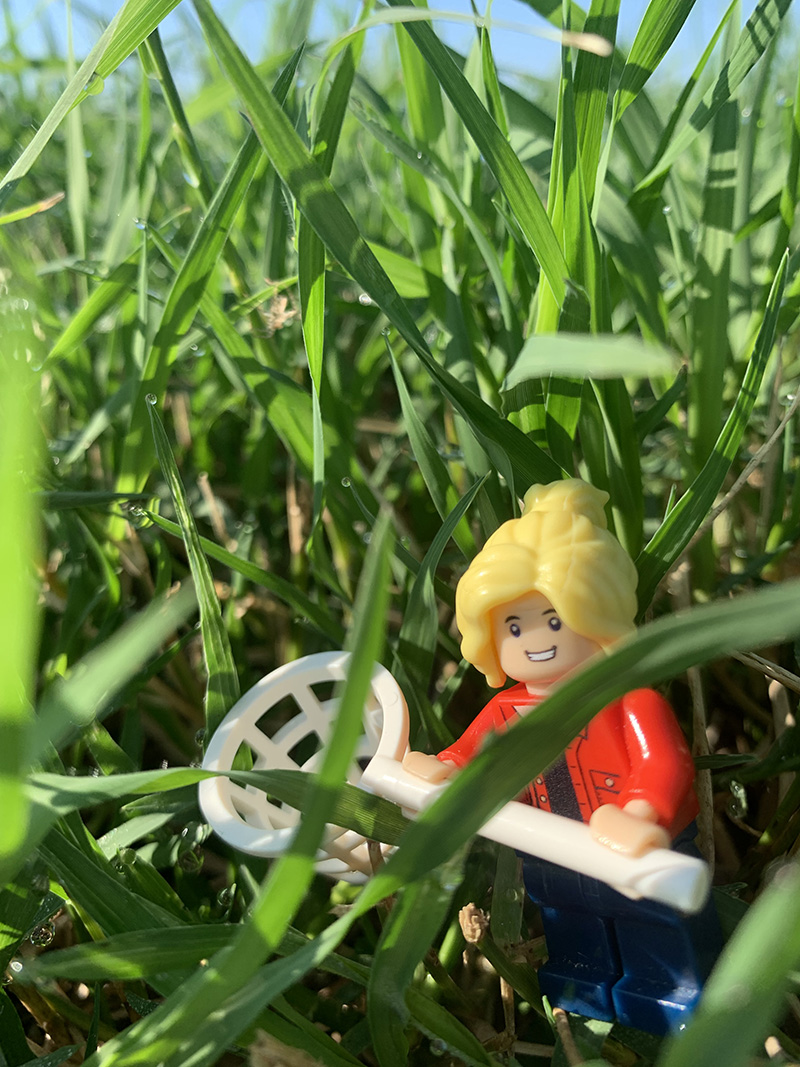.png) CAES News
CAES News
Hill Awards
Six University of Georgia faculty received awards Monday for their commitment to public service and outreach. The awards were presented at the 32nd Annual Public Service and Outreach Meeting and Awards Luncheon, held at the UGA Center for Continuing Education & Hotel.

